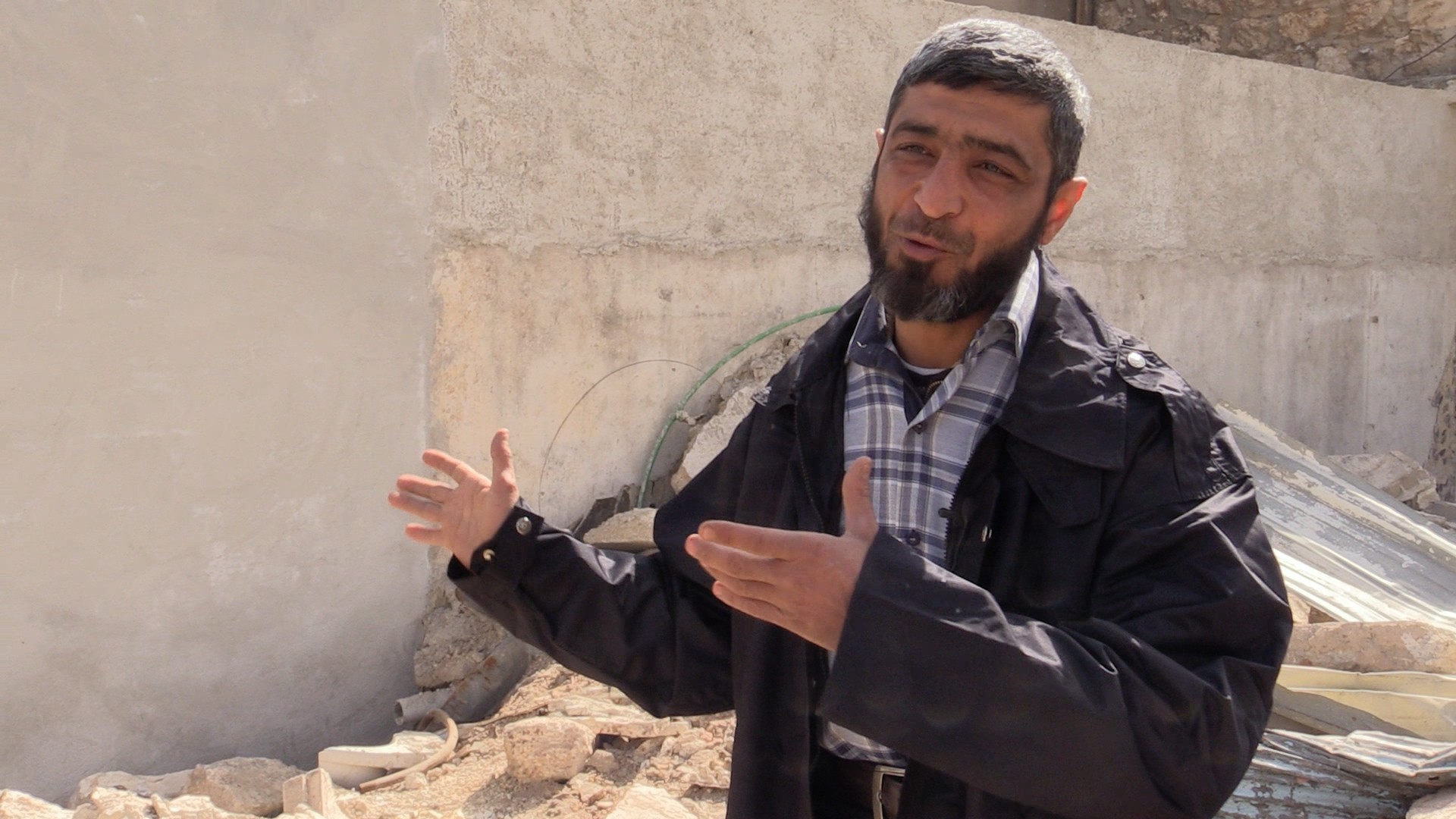On Tuesday, New York City mayor Bill de Blasio announced that America's largest public school system will prohibit federal immigration agents from entering their buildings without a warrant signed by a judge. While there have been no reports of Immigration and Customs Enforcement (ICE) agents rounding up kids at school, de Blasio was echoing similar shows of support for immigrant children made over the past several months by mayors and school officials across the United States.
Advertisement
In November, Pew Research Center reported that about 3.9 million kindergarten through 12th grade students in US public and private schools were children of undocumented immigrants, and 725,000 K–12 students were undocumented themselves. Even before President Trump took office, the feds were known to apprehend some of these students and their parents on their way to school. And now, under a White House that has already begun to dramatically reshape immigration policy, undocumented people and their advocates say the simple act of taking a kid to school has become a terrifying ordeal."Parents are fearful of dropping their kids off at school, and kids are concerned while they are at school that they'll come home and their parents might not be there," said Laura Vazquez, the program manager with the National Council of La Raza's Immigration Initiatives.In 2011, then president Obama's Department of Homeland Security issued a memo instructing ICE agents to generally avoid enforcing federal immigration policy in so-called sensitive locations such as schools and churches. While President Trump has abandoned many of Obama's policies restricting immigration enforcement, he has, so far, kept the rule about schools and churches in place. But that's been little consolation for the millions of families who have witnessed immigration raids in their communities, as well as the political empowerment of conservatives who take a hardline on deportation. And given Trump's repeated condemnations of so-called sanctuary cities, how long the president will be willing to tolerate the quasi-sanctuary status of schools remains a serious question.
Advertisement
Schools have been proactive in hopes of alleviating the anxiety of immigrant children, emphasizing that they remain open to everyone. For example, Chicago Public Schools, the nation's third-largest school district, released a memo in December affirming that it would remain a "safe and welcoming" environment for all students and staff. And in February, CPS announced guidelines for principals should agents arrive on school grounds.Even in districts that aren't taking pains to make immigrants feel safe, US law already provides a fair number of protections for undocumented students. In addition to the DHS memo still on the books, in 1982 the US Supreme Court ruled in Plyer v. Doe that no public school could deny children access to an education based on their immigration status. Subsequent court decisions reaffirmed this principle, barring schools from enacting policies that could significantly interfere with student enrollment. For example, in 2012, a federal appeals court unanimously struck down an Alabama law requiring public schools to check the immigration and citizenship status of new students.The Family Educational Rights and Privacy Act, a federal law preventing schools from sharing confidential student information, also serves as a bulwark for undocumented students. While schools can share confidential information under limited circumstances, sharing with ICE agents is not considered such an exception. Title VI of the Civil Rights Act also creates obligations for schools to prevent discrimination based on race or immigration status. And the Fourth Amendment, which protects against unreasonable search and seizure, requires ICE agents to obtain judicial warrants to enter schools, not just the administrative warrants they generally use to make public arrests.
Advertisement
In light of the precedents favoring their cause, the National Immigration Law Center has been pushing school districts nationwide to adopt "Campus Safe Zone" policies, which mostly affirm existing policies while expressing strong support for undocumented students. (A Department of Education spokesperson told VICE that the agency has not released any statements or new guidance for schools concerning the president's immigration policies.)Watch the VICE News Tonight segment on displaced Syrian families: For his part, Mark Krikorian, the executive director of the Center for Immigration Studies, a conservative think tank, told me that school leaders speaking up about undocumented students "are intentionally lying in order to gin up panic and opposition," adding that "it's a ridiculous idea" that an ICE agent would ever go into a school.But even if schools may be safe spaces right now, getting there remains a real challenge—immigration experts say there are few legal options available to protect undocumented students and parents who are en route to "sensitive locations" like school or church. For example, in Los Angeles in late February, ICE agents arrested Rómulo Avelica-González, an undocumented Mexican immigrant, right after he dropped off one of his daughters at school. Avelica-González, a father of four who has lived in the US for nearly a quarter century, was apprehended a block away from the school. The ICE agents were in unmarked cars and wore jackets that said "police."
For his part, Mark Krikorian, the executive director of the Center for Immigration Studies, a conservative think tank, told me that school leaders speaking up about undocumented students "are intentionally lying in order to gin up panic and opposition," adding that "it's a ridiculous idea" that an ICE agent would ever go into a school.But even if schools may be safe spaces right now, getting there remains a real challenge—immigration experts say there are few legal options available to protect undocumented students and parents who are en route to "sensitive locations" like school or church. For example, in Los Angeles in late February, ICE agents arrested Rómulo Avelica-González, an undocumented Mexican immigrant, right after he dropped off one of his daughters at school. Avelica-González, a father of four who has lived in the US for nearly a quarter century, was apprehended a block away from the school. The ICE agents were in unmarked cars and wore jackets that said "police."

Advertisement
Such arrests don't technically violate federal policy, even if they come right up to the line. And it's important to bear in mind that raids targeting people en route to school were reported last year, after the Obama administration ordered agents to arrest, detain, and deport undocumented immigrants from Central America. Most of these arrests involved entering homes and picking people up off the streets, but some students were also detained by immigration officials on their way to school. Public school teachers at the time said the ramped-up enforcement had a chilling effect on other students, leading to increased absences and general classroom stress.David Hausman, a Skadden Fellow at the ACLU Immigrants' Rights Project, says it's more important than ever to inform students that protections remain in place for them—that even if getting there is a heavy lift, some places really are safe. "Although we've seen disturbing incidents near schools, we have not at least yet seen any enforcement actions within schools themselves," he said.The White House did not respond to a request for comment on possible changes to ICE protocol Wednesday afternoon, but that agency did confirm the 2011 policy on avoiding sensitive locations remains active. Meanwhile, conservatives like Krikorian insist it's "not a legitimate concern" for schools to talk to parents about possibly facing arrest when picking up their children."You don't get a free pass to break the law just because you have children," he said.Follow Rachel M. Cohen on Twitter.
